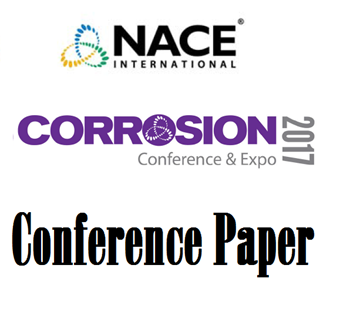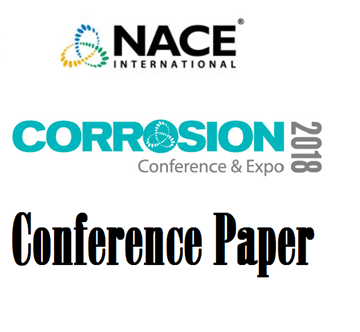Search
96632 IN-SITU CORROSIVITY MONITORING OF MILITARY HARDWARE ENVIRONMENTS
Also Purchased
Infrastructure Corrosion Issues and Solutions on Military Bases
Product Number:
51317--9212-SG
ISBN:
9212 2017 CP
Publication Date:
2017
$20.00
51315-5678-Evaluating Efficacy of Volatile Corrosion Inhibitors Versus Traditional Methods for Preservation of Industrial Equipment and Operational Spare Parts
Product Number:
51315-5678-SG
ISBN:
5678 2015 CP
Publication Date:
2015
$20.00
51318-11617-VCI Installation Considerations At Military Facilities
Product Number:
51318-11617-SG
Publication Date:
2018
$20.00




